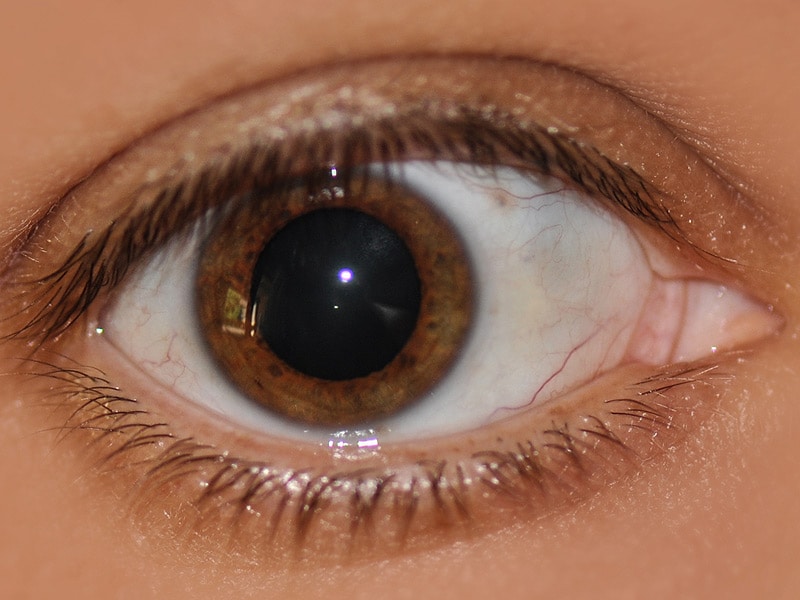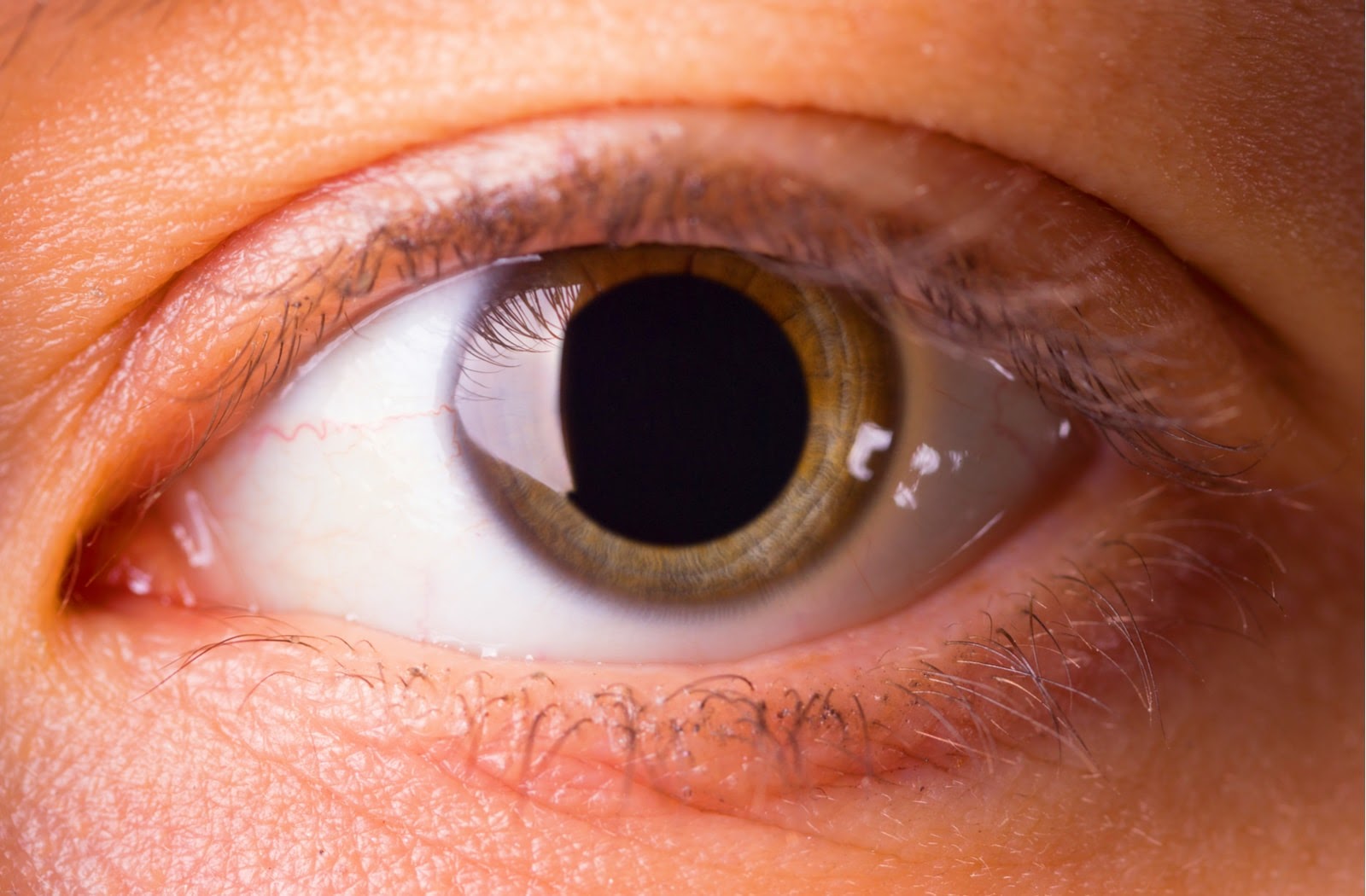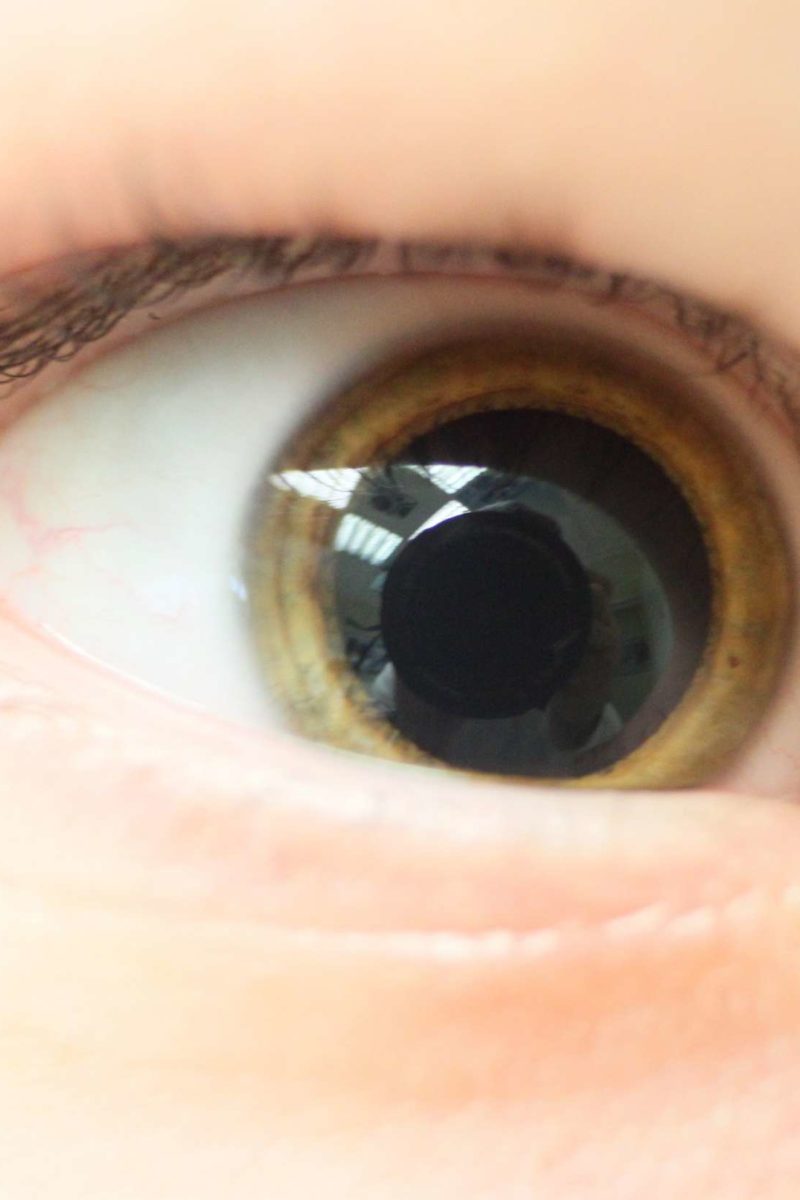

SEE RELATED: Miosis: What causes constricted pupils? Mydriasis and the TikTok Benadryl challengeĪ report published in 2021 in the journal Contemporary Pediatrics highlights mydriasis and more serious side effects associated with the “Benadryl challenge,” apparently promoted by users of the social media platform TikTok. This is because the dilation may raise pressure in the eye, leading to obstructed drainage. If you have angle closure glaucoma, use of dilation drops during an eye exam may be risky. Angle closure glaucoma occurs when the drainage canals of the eye are blocked. This type of glaucoma is also called narrow angle glaucoma. However, mydriasis can be a risk factor for a type of glaucoma known as angle closure glaucoma. This condition causes temporary pupil dilation in one eye and does not require treatment. The connection between benign episodic unilateral mydriasis and migraine is unclear. Benign episodic unilateral mydriasisĪ condition known as benign episodic unilateral mydriasis typically occurs in young women with either a history of migraine or a family history of migraine. Protection from further injury to the eye may be needed and, if severe symptoms persist, surgery may be required. SEE RELATED: Anisocoria: What causes unequal pupil sizes? Traumatic mydriasisĪ traumatic eye injury can harm the iris and lead to a type of pupil dilation known as traumatic mydriasis. Treatment may not be needed, but if it is, glasses or eye drops may be necessary. In most instances, the cause of Adie syndrome is not known. Adie syndrome is a neurological disorder that causes one pupil to be larger than normal. A greater amount of oxycontin typically is generated during childbirth, breastfeeding or even sex.Īdie syndrome.

High levels of the hormone known as oxycontin (not to be confused with the drug of the same name) can temporarily lead to mild or moderate mydriasis. Treatment for drug abuse may resolve this kind of mydriasis. Several recreational drugs can affect the brain and cause mydriasis, including cocaine, methamphetamines, ecstasy (MDMA), LSD and psychedelic mushrooms.

A stroke, brain tumor or head injury can trigger pupil dilation. (Certain eye drops contain atropine.)īrain injury or disease. Medication for treatment of Parkinson’s disease.īotox and other medication with botulinum toxin.Ītropine, a drug for treatment of low heart rate and other conditions. Tricyclic antidepressants, used to treat depression, anxiety and insomnia. Medication that can lead to mydriasis includes: This form of mydriasis makes it easier for a doctor to perform the surgery. Cataract surgery is an example of a procedure that requires pupil dilation.

This dilation typically lasts six to 24 hours. This lets an eye doctor examine the optic nerves and retina at the back of your eye. every year, drops may be administered to dilate your pupils. During many of the more than 100 million eye exams performed in the U.S. It also happens in response to factors such as touch, sound and emotion.Įye exam. For example, when you enter a darkened room, your pupils dilate to let in more light. Normal mydriasis allows more light to enter your eyes or keeps light from entering your eyes. What causes mydriasis (pronounced mid-dry-uh-sis)? It can be triggered by a number of things. Mydriasis can occur naturally, but it can also be triggered by drops applied during an eye exam, or be caused by medication or a health condition. Dilation means the pupil is larger than normal. Mydriasis is dilation of the pupil, the black center of your eye that lets light come in.


 0 kommentar(er)
0 kommentar(er)
